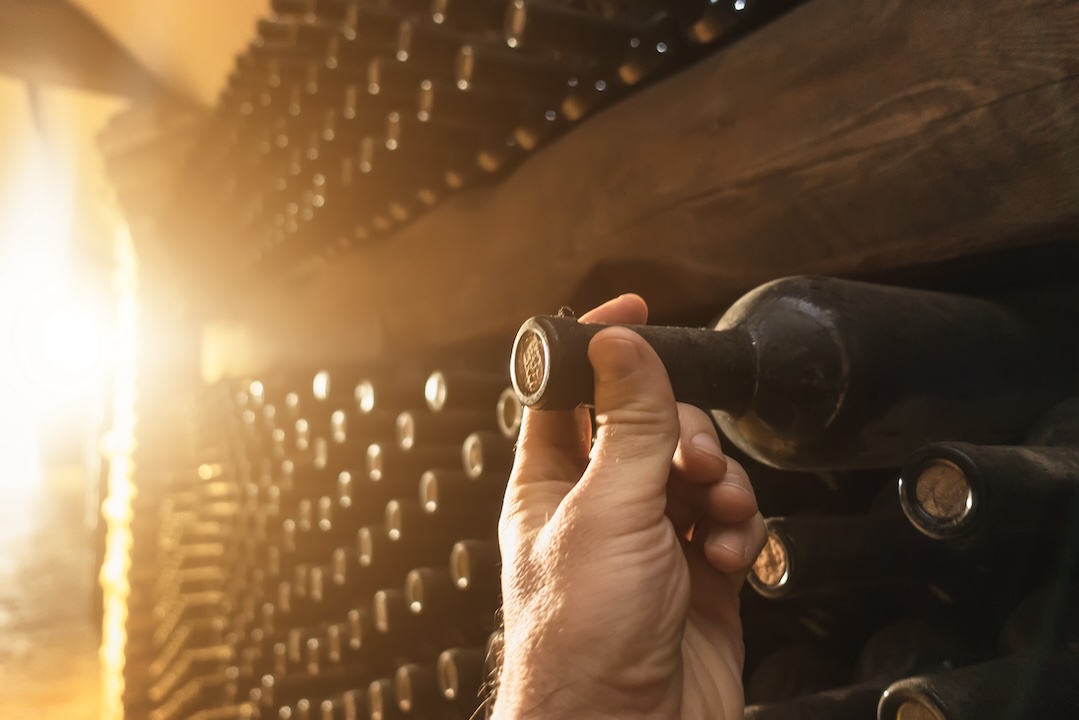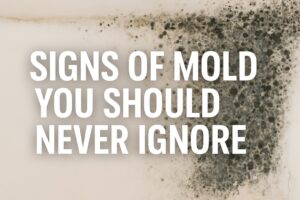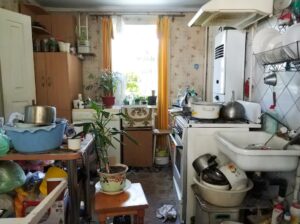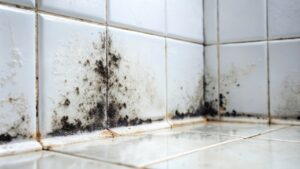Wine cellars are a wine enthusiast’s haven, providing the perfect environment to age and store prized collections. However, these sanctuaries are not immune to mold. The delicate balance of humidity and temperature that preserves wine can also create the ideal conditions for mold growth. To ensure your wine collection remains pristine, it’s essential to understand how to prevent mold in your wine cellar.
Understanding the Enemy: Mold and Wine
Mold thrives in dark, damp environments, making wine cellars particularly vulnerable. High humidity levels, necessary for keeping corks from drying out, can inadvertently foster mold. Mold not only damages labels and corks but can also affect the flavor of your wine if it penetrates the bottle.
Optimal Conditions: Striking the Right Balance
Maintaining the correct humidity and temperature is crucial. Aim for a humidity level between 50-70%. Levels higher than this can encourage mold growth, while lower levels may dry out corks, leading to oxidation. The ideal temperature for a wine cellar is around 55°F (13°C), though a range between 45-65°F (7-18°C) is acceptable. Consistency is key; fluctuations can cause corks to expand and contract, allowing mold to enter.
Ventilation: Airflow Matters
Proper ventilation is essential in preventing mold. Ensure your wine cellar has adequate airflow to reduce the chances of mold spores settling and multiplying. Consider installing a ventilation system or using a dehumidifier to maintain optimal humidity levels. Regularly check vents and airways to ensure they are not blocked and are functioning correctly.
Mold-Resistant Materials: Building and Furnishing
When constructing or renovating a wine cellar, opt for mold-resistant materials. Use mold-resistant drywall, paint, and insulation to minimize the risk. Wooden racks and shelves should be treated with mold-resistant sealants. Avoid carpeting, as it can trap moisture and become a breeding ground for mold.
Regular Cleaning: A Proactive Approach
Routine cleaning is vital in keeping mold at bay. Dust and wipe down surfaces, racks, and bottles regularly. Use a mixture of water and vinegar solution to clean and disinfect the cellar. Pay special attention to corners and hidden areas where mold might first appear.
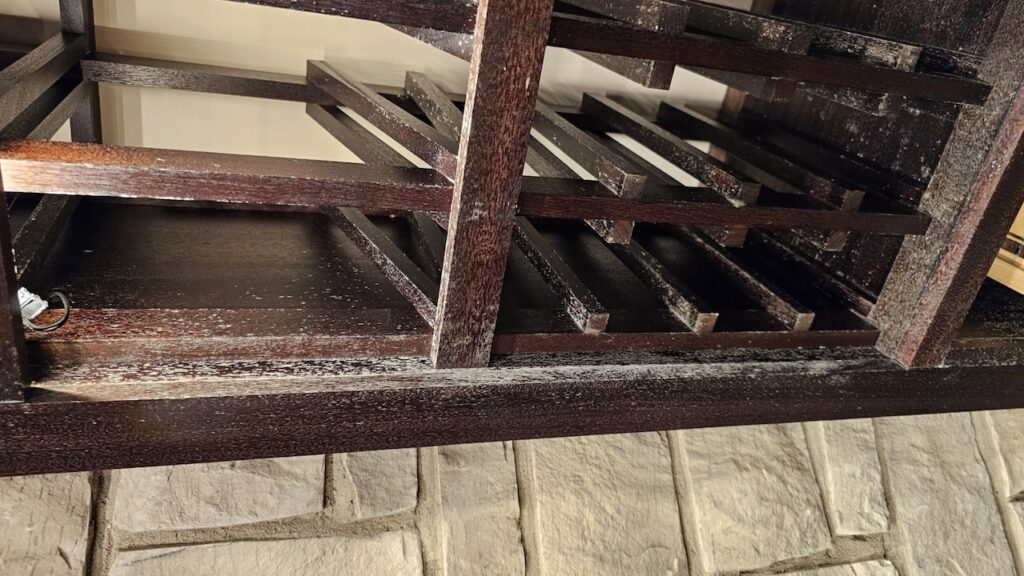
Inspecting Bottles: Spotting Early Signs
Regularly inspect your wine bottles for any signs of mold, especially around the cork and label. If you notice any mold, remove the bottle and clean it immediately. For severe cases, consult a professional to ensure that the mold has not compromised the wine.
Dehumidifiers and Climate Control: Technological Aids
Investing in a quality dehumidifier can be a game-changer in mold prevention. Modern dehumidifiers come with hygrometers that allow you to monitor and maintain humidity levels accurately. Additionally, a climate control system designed for wine cellars can provide consistent temperature and humidity, reducing the risk of mold.
Preventative Measures: Proactive Steps
- Seal Cracks and Gaps: Inspect your cellar for any cracks or gaps that could allow moisture to seep in. Seal these immediately to prevent mold-friendly conditions.
- Install a Vapor Barrier: A vapor barrier can help control humidity levels by preventing external moisture from entering the cellar.
- Monitor Regularly: Keep a close eye on humidity and temperature levels using a reliable hygrometer and thermometer. Regular monitoring helps you respond quickly to any changes.
Professional Help: When to Call Experts
If you encounter persistent mold problems, it might be time to call in professionals. Mold remediation experts can assess your wine cellar and recommend solutions to eliminate mold and prevent future occurrences. They can also help in identifying any underlying issues that might be contributing to mold growth.
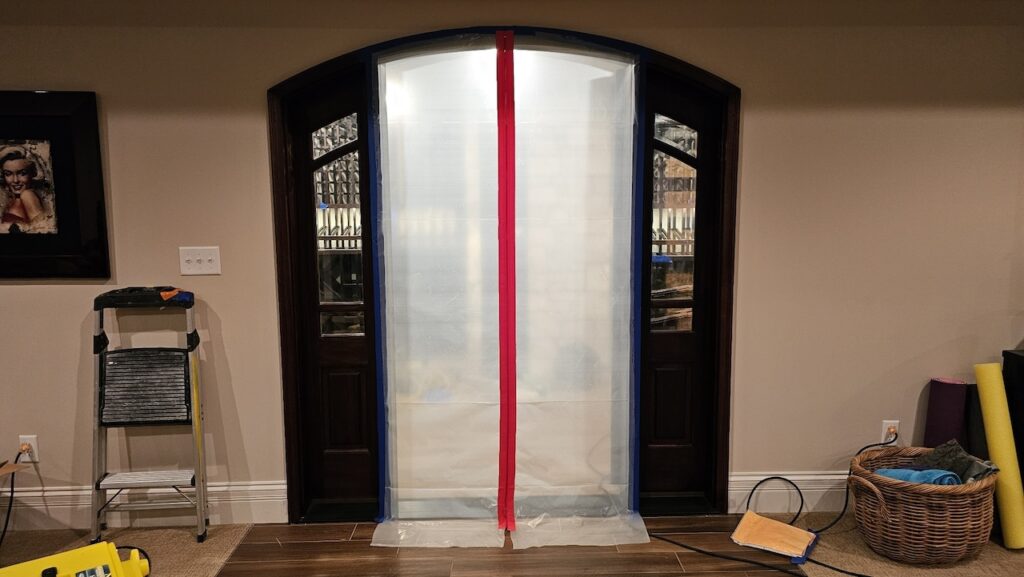
Preserving Your Collection
Preventing mold in your wine cellar is crucial for protecting your investment and ensuring that your wine ages gracefully. By maintaining the right conditions, ensuring proper ventilation, using mold-resistant materials, and keeping a vigilant eye on cleanliness and humidity, you can enjoy your wine collection without the worry of mold.
Stay proactive, and your wine cellar will remain a mold-free haven for your cherished bottles.

